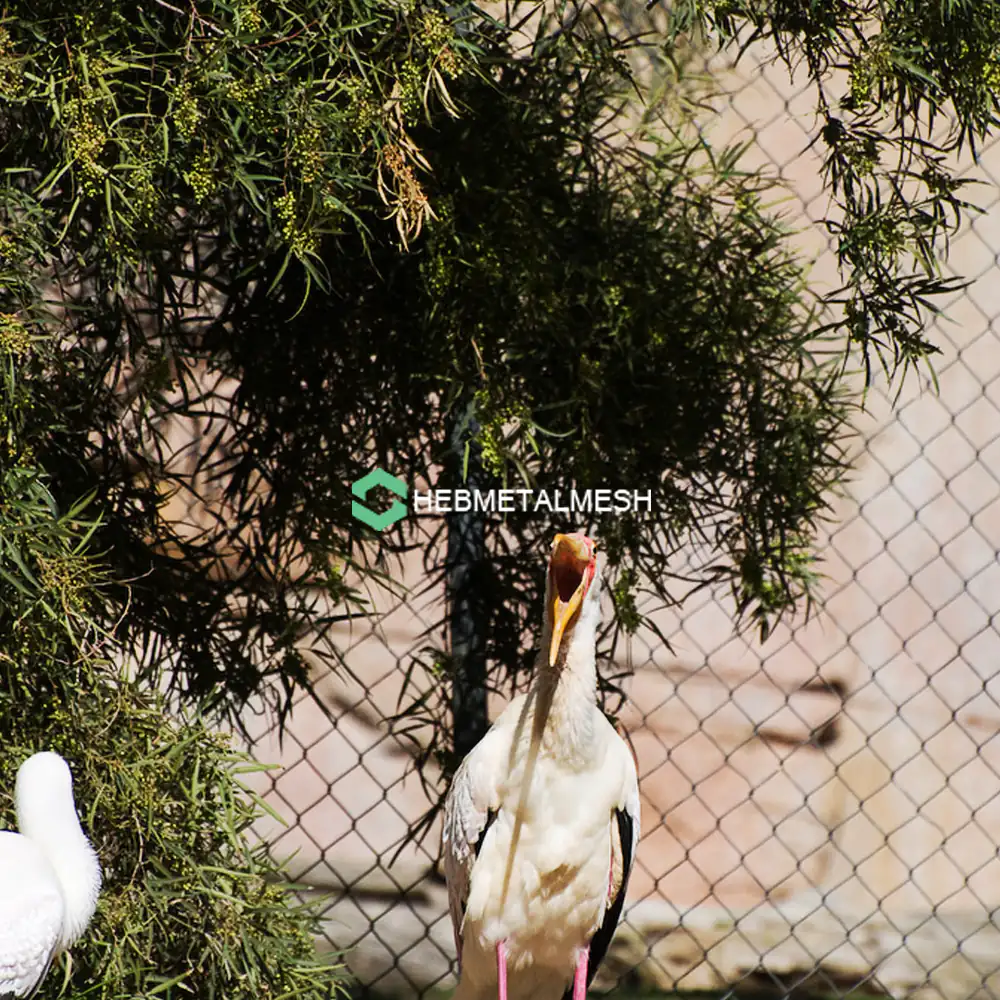
Bird netting has long served as an efficient measure across the globe in various circumstances requiring bird exclusion. It refers to a versatile form of bird pest control that blocks birds from desired areas without causing harm. Critically, bird netting ensures that our pleasant feathered friends remain just that – friends, not pests or nuisances capable of causing unexpected harm, loss, or damage and messing with delicate ecosystems.
Uses and Benefits of Bird Netting
Bird netting can be employed in plethora of scenarios, such as in agricultural settings, vineyards, fish farms, food storage areas, buildings, and other properties. Its primary role is to protect valuable commodities, integrity of structures and to maintain sanitation standards while ensuring that birds cannot cause any significant harm.
- In Agriculture: Bird netting performs a crucial role in the agricultural sector, protecting crops from birds that may cause significant damage, which can result in substantial financial loss. Berries, grains, or other high-value crops are especially attractive to birds, but a well-installed bird net easily averts this issue and ensures the production isn’t compromised.
- Building Safety: Pigeons and other birds often nest in eaves, culverts, and other sheltered areas of buildings. Over time, these degrade the structural integrity of the building. The acidic nature of bird droppings can cause corrosion while nests can disrupt drainage systems leading to water damage. Bird netting installed on buildings effectively mitigates this problem, providing both a barrier and deterrent.
- Fish Farms: Birds, particularly herons and seagulls, can wreak havoc in fish farms, depleting stocks considerably if left unchecked. Once again, bird mesh serves as the perfect solution by barring the birds’ access to the fish.
- Food Production and Storage Facilities: In places where food is manufactured or stored, bird presence can pose a serious health risk. Their droppings often carry bacteria and parasites that can contaminate food supplies. Bird netting, serving as a permanent bird deterrent greatly contributes to maintaining health and hygiene practices.
Characteristics of Effective Bird Netting
Effective bird netting is characterized by its durability, strength, and resistance against environmental factors. High-quality netting tends to be UV stabilized, meaning it will not degrade easily under extended exposure to sun. It’s also usually made from “knotted” rather than “knotless” material, which tends to stretch or sag over time, and thus is more durable. Good bird mesh is often inconspicuous too, blending seamlessly into the background, causing minimal visual disruption and maintaining the aesthetic appeal.
Installation of Netting
The installation of bird mesh does require some expertise, as the mesh roll must be firmly secured, properly tensioned, and cover the entire area to be protected. Gaps or sagging sections can allow birds to squeeze through or become trapped. Hence, it’s often beneficial to engage professional services for netting installation. They provide a comprehensive service from assessing your requirement, suggesting the best solution, and installing the net to post-installation checks.
Importantly, bird netting is a humane solution for bird control. While it deters birds from landing or nesting in specific areas, it doesn’t seek to harm them – a factor that many other methods of bird control cannot claim. Hence, it plays a dual role in preserving nature’s beauty while securing our interests. Bird mesh is unquestionably a method bridging the harmony between human needs and bird life, shielding our resources, infrastructure, and health while also recognizing the value of bird species and their role in our ecosystem.

